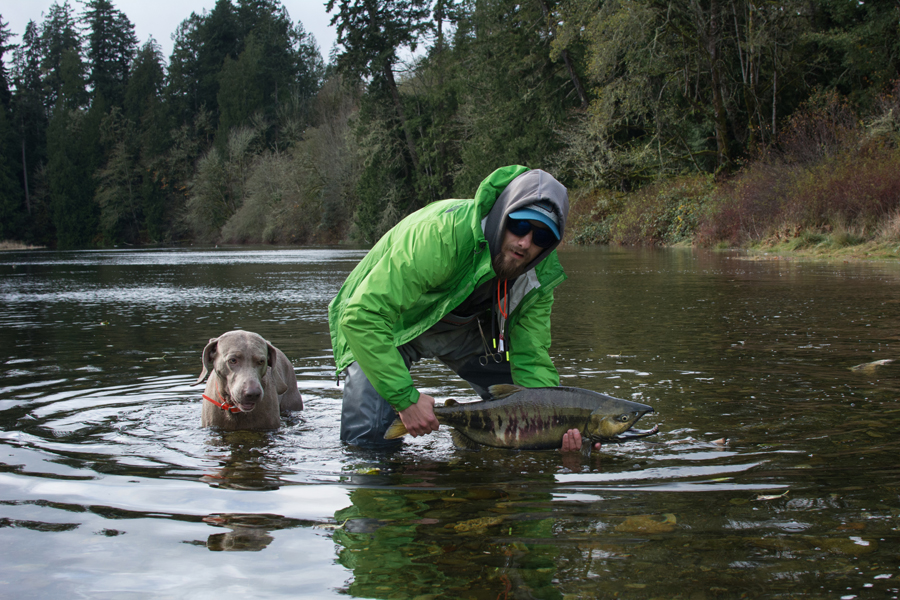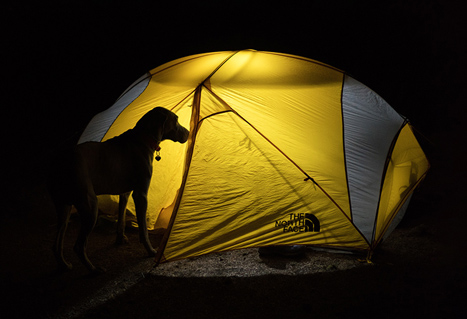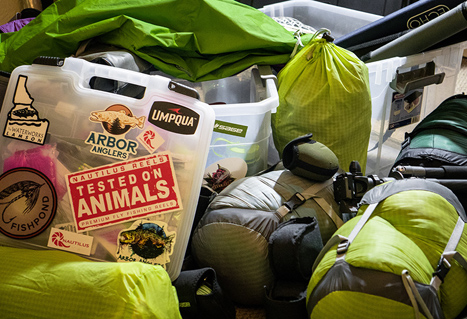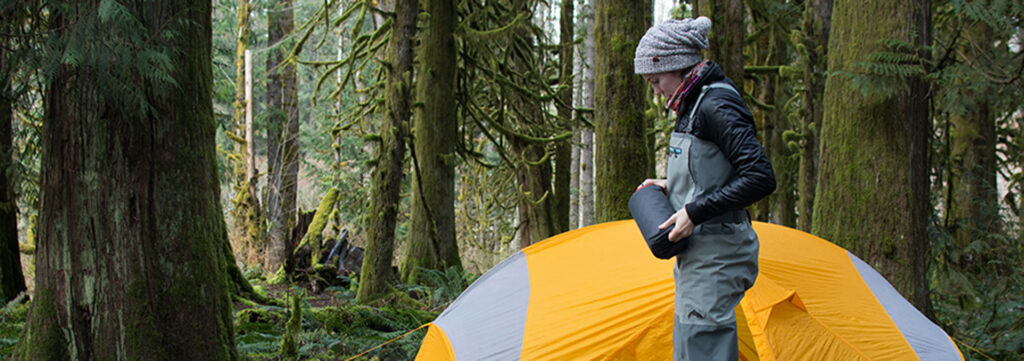You love to fish, and you can’t live without backpacking. Now the weekend is here, and you are facing an awful choice: should you camp in the wild, or chase that stubborn trout?
For the longest time, backpacking and fly-fishing were two different things for me. It was either one or the other, and my wife and I would waste hours trying to decide what option we should choose for our next days off. Then we came up with an ingeniously simple solution – combine both.
Since then, we have had quite a few backpacking fishing trips. We can feel like the Marco Polos of the fishing world: exploring uncharted territories, not knowing what awaits around the corner. Trips like these disconnect us from the daily rat race, social networks, and news, and allow us to connect with nature instead.
You don’t have to start with a 40-kilometre hike to some unnamed creek. Just grab your backpack and fishing rod, and head to that nearby river or lake. By hiking a little bit further, and pitching your tent, you’ll get to explore water previously not known to you.

Packing for a backcountry fishing trip doesn’t differ much from your usual backpacking trip, except you’ll probably need to carry a bit more. I would highly recommend writing a packing list with all the necessities, and then crossing out every item as it makes its way into your backpack.
This may not be a perfect backpacking list for everyone, but it works for me:
Tent
Selecting a tent might be as complicated as selecting a house; there are many things to consider. Start by figuring out how far into the backcountry you are planning to go – weight is directly proportional to the distance you are planning to hike. If you are camping relatively close to your vehicle, then by all means go for space, higher ceilings, and comfort. If there’s a 20-kilometre alpine hike ahead, when every gram of weight counts, an ultra-light dome tent might be best.

Sleeping bag
With so many options available today, heading to your local gear shop for advice is a good idea. However, I would suggest you go with a bag filled with a synthetic stuffing material. Unlike down, it will still keep you warm if your bag should get wet.
Camping gear
This is what I bring on most of my camping trips: hatchet, headlamp, first aid kit, a compact gas stove (like a Jetboil Flash Stove), matches, rope, food (including some high-energy, survival bars), and a dry bag.
I would like to elaborate a little bit more on that last item. A completely sealed dry bag can effectively prevent food odours from escaping to attract the unwanted attention of wildlife.
Speaking of wildlife, keep in mind that B.C.’s water bodies are not only fishing locations, but also wildlife hubs. That means dealing with bears. Bear spray is essential (and may I recommend reading Bears Without Fear by Kevin Van Tighem, which gives a lot of information about these animals and their behaviour). Smaller opportunistic critters (like smart, thieving raccoons) can be an even bigger problem.
Clothes
When fishing, there is always a chance that you are going to slip on a rock, or get too excited while landing that trout of a lifetime, and go for an unplanned swim. Depending upon the time of the year, getting wet can become a huge problem. Make sure you have additional dry clothes (like a set of moisture-wicking thermal underwear), especially during colder weather.
Rods and reels
Although weight is important, I prefer to bring two fly rods: a 4-weight rod for dry-fly and nymphing set-ups, and a 6-weight rod for throwing heavier streamers. Compact, four-piece fly rods are best for hiking into backcountry.

For the spin fisher, there are short, four-piece spinning rods with matching ultra-light reels that take up little room at all.
Using hard cases, with space for reels for either type of rod, will keep your rods protected while allowing for quicker set-up.
Flies and Tackle
While your fly selection depends a lot on the season and body of water you are planning to fish, some patterns – like Woolly Bugger and Muddler Minnow streamers; Hare’s Ear and Copper John nymphs; and Elk Hair Caddis and Adams dry flies – are always in my fly box.

Spin fishers should bring a selection of small weighted spinners and high-action spoons, along with a few split shot to add weight for casting.
Wading gear
If I’m starting my hike close to the water I want to fish, I prefer to wear my wading gear right away. When there’s a longer hike ahead, pack your waders in heavy-duty garbage bags (even once your gear is wet, you can still throw it in your backpack). We usually carry another bag with us to pick up any discarded beer cans, plastic bags, fishing line, or other garbage we may find.
Combining backpacking and fishing opens new possibilities: exploring new water, and fishing at first light or at night without an exhausting drive to or from home. On top of that, all this is a chance to unplug from the workaday world, and enjoy what nature has to offer.

Author: Pavel Francev
Photo Credit: Pavel Francev
Pavel is an artist and photographer residing in Victoria, B.C. Whether he is trying to trick that stubborn trout, chase that grouse in the woods, or paddle that remote lake – his art just happens to be the thing that unites it all, and gives him an opportunity to promote a sporting life.
